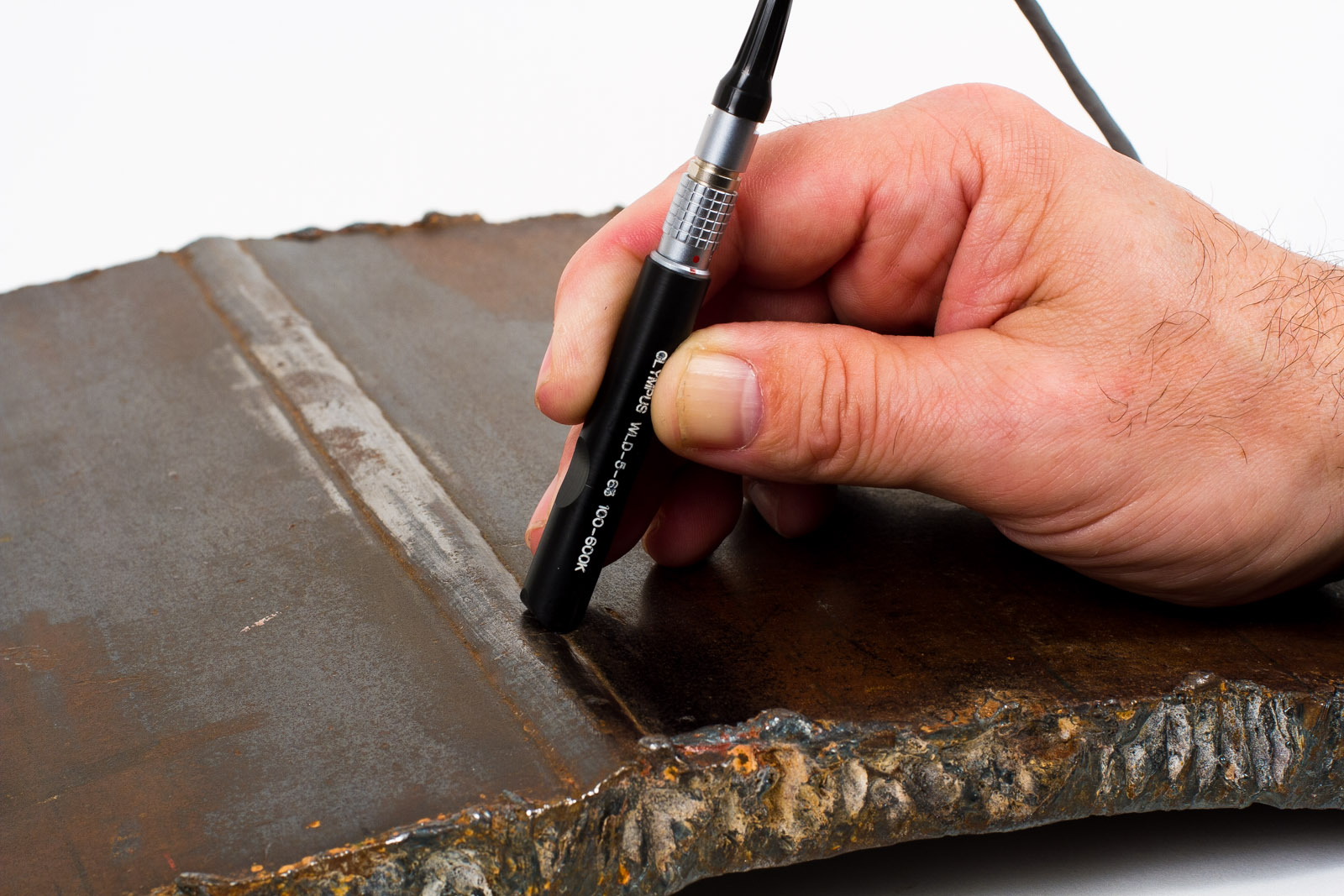Understanding the Significance of Welding Examination in Ensuring Structural Integrity
Welding examination plays a crucial duty in preserving architectural stability within the building industry, serving as a crucial protect against possible failings. By methodically identifying common defects-- such as porosity and insufficient blend-- assessments not only support quality criteria yet likewise ensure compliance with security guidelines.
Function of Welding in Construction

In enhancement to architectural applications, welding is integral in the fabrication of both complex and large-scale components. It permits the customization of parts, allowing designers and engineers to bring their layouts to fulfillment. The versatility of welding techniques, including MIG, TIG, and arc welding, allows for the effective joining of different products and densities, satisfying details task needs.
Moreover, the advancement of welding innovations has actually caused boosted performance and accuracy in building processes. Automated welding systems improve productivity while decreasing human error, thereby advertising better outcomes. Consequently, the role of welding in building and construction expands past simple assembly; it is a critical consider making certain the safety and security, durability, and total honesty of structures, underscoring its significance in the modern-day building landscape.
Typical Welding Defects
The integrity of bonded frameworks is substantially affected by the presence of flaws that can compromise their performance and safety and security. Common welding issues include porosity, insufficient blend, undercutting, and slag additions, each of which can severely impact the total strength and sturdiness of bonded joints.
Porosity happens when gas bubbles are caught in the weld metal, leading to reduced tensile stamina. Incomplete fusion arises when the weld metal does not properly bond with the base metal, resulting in weak joints prone to failure.
Various other issues, such as too much spatter and imbalance, can additionally add to architectural weaknesses. Recognizing and addressing these defects throughout the welding procedure is critical to make certain the integrity of the last structure. Awareness of these usual welding issues is crucial for designers and assessors to keep the stability of welded structures and ensure long-term safety and security and performance.
Advantages of Welding Assessment
Making sure the integrity of bonded frameworks relies greatly on the efficiency of welding evaluation processes. The key advantage of welding evaluation is the very early detection of potential issues, which can substantially decrease the risk of disastrous failures. By recognizing problems such as cracks, incomplete blend, or porosity before they escalate, assessment processes aid maintain the safety and security and dependability of frameworks.
Furthermore, welding inspection improves compliance with sector requirements and regulations. Complying with these requirements is important for avoiding legal effects and guaranteeing that projects fulfill necessary security methods. This compliance likewise cultivates a culture of quality control, promoting finest techniques amongst welding personnel.
Furthermore, normal inspection can result in set you back financial savings over time. By alleviating the chance of rework or repair work because of welding issues, companies can allot resources much more effectively, inevitably boosting performance.

Assessment Techniques and Requirements
Effective examination methods and standards are necessary components of keeping the stability of bonded structures. These techniques guarantee that welds are performed properly and meet the called for specs, thus decreasing the risk of architectural failure. Typical examination methods consist of visual assessment, ultrasonic screening, radiographic testing, and magnetic bit testing. Each technique has its unique benefits and applications, relying on the details needs of the job.
Aesthetic inspection is commonly the primary step, allowing examiners to determine surface area issues such as cracks or improper bead shapes. Ultrasonic testing utilizes high-frequency acoustic waves to detect internal problems, while radiographic screening makes use of X-rays or gamma rays to disclose hidden inconsistencies within the weld. Magnetic particle testing works for finding surface and near-surface problems in ferromagnetic products.
Specifications play a crucial function in directing these evaluation procedures, with companies such as the American Welding Society (AWS) and the International Organization for Standardization (ISO) providing comprehensive guidelines. Compliance with these criteria not just makes certain the top quality of welds yet likewise promotes count on among stakeholders in the structural honesty of the ended up item. Following recognized evaluation methods and standards is fundamental to attaining trustworthy and resilient welded frameworks.
Regulatory Conformity and Safety
Regulatory conformity is important for safeguarding the security and integrity of bonded structures. Sticking to well-known codes and requirements, such as those set by the American Welding Culture (AWS) and the American National Criteria Institute (ANSI), ensures that welding methods meet rigorous security and quality demands. These policies are navigate to this website created to protect against failures that might bring about devastating occurrences, injuries, or loss of life.
Conformity with these policies involves normal evaluations and analyses discover this info here throughout the welding process. Qualified inspectors review welds for quality, toughness, and adherence to specs, ensuring that any type of inconsistencies are quickly attended to. This proactive method not just boosts the structural stability of bonded parts however additionally reduces dangers linked with non-compliance.
Furthermore, regulative bodies usually require documentation of evaluations and conformity documents, which function as lawful proof of adherence to safety and security standards. Business that prioritize regulative conformity not just shield their labor force and customers yet also enhance their credibility within the market. Eventually, understanding and carrying out these guidelines is vital for any kind of company intending to keep high safety and security criteria and attain lasting functional success in welding methods.
Final Thought
In verdict, welding evaluation plays a vital function in maintaining architectural integrity within the building and construction market. Ultimately, a dedication to extensive welding examination is vital for safeguarding both the labor force and the integrity of built frameworks.
The adaptability of welding strategies, consisting of MIG, TIG, and arc welding, permits for the efficient signing up with of different products and thicknesses, providing to specific job needs.
Guaranteeing the honesty of welded frameworks relies heavily on the performance of welding evaluation procedures (Welding Inspection Milwaukee). In recap, the benefits of welding evaluation are diverse, crucial for making sure architectural integrity and operational excellence

Adhering to well established codes and criteria, such as those established by the American Welding more info here Society (AWS) and the American National Criteria Institute (ANSI), guarantees that welding methods fulfill rigorous safety and security and top quality requirements. Ultimately, a commitment to rigorous welding evaluation is vital for guarding both the labor force and the honesty of created frameworks.